©2018 FCA US LLC. All Rights Reserved.
Jeep is a registered trademark of FCA US LLC.
App Store is a registered trademark of Apple Inc. Google Play Store is a registered trademark of Google.
Whether it’s providing information about specific product features, taking a tour through your
vehicle’s heritage, knowing what steps to take following an accident or scheduling your next
appointment, we know you’ll find the app an important extension of your Jeep
brand vehicle.
Simply download the app, select your make and model and enjoy the ride.
To get this app, go directly to the App Store® or Google Play® Store and enter the search keyword “JEEP”
(U.S. residents only).
www.jeep.com⁄en ⁄owners (U.S.) provides special oers tailored to your needs, customized vehicle galleries,
personalized service records and more. To get this information, just create an account and check back often.
Get warranty and other information online – you can review and print or download a copy of the Owner’s
Manual, Navigation ⁄ Uconnect manuals and the limited warranties provided by FCA US LLC for your vehicle
by visiting www.mopar.com (U.S.) or www.owners.mopar.ca (Canada). Click on the applicable link in the
“Popular Topics” area of the mopar.com (U.S.) or www.owners.mopar.ca (Canada) homepage and follow
the instructions to select the applicable year, make and model of your vehicle.
DOWNLOAD A FREE ELECTRONIC COPY of the most up-to-date Owner’s Manual,
media and warranty booklet by visiting:
www.mopar.com/en-us/care/owners-manual.html (U.S. residents);
www.owners.mopar.ca (Canadian residents).
Jeep.com (U.S.)
Jeep.ca (Canada)
19MP-926-AA
Second Edition
2019 COMPASS USER GUIDE
3486312_19b_Jeep_Compass_UG_071218.indd 1 7/12/18 1:07 PM
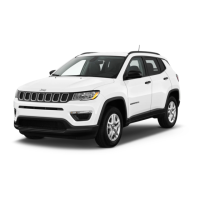

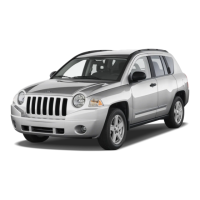

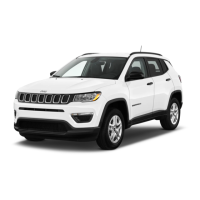
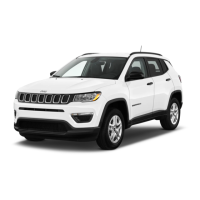

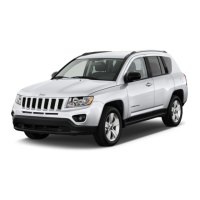

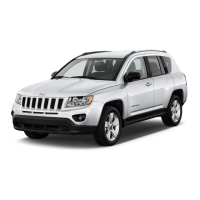
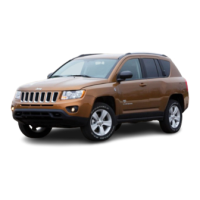
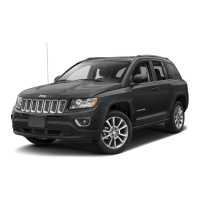
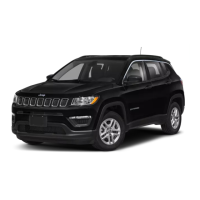
